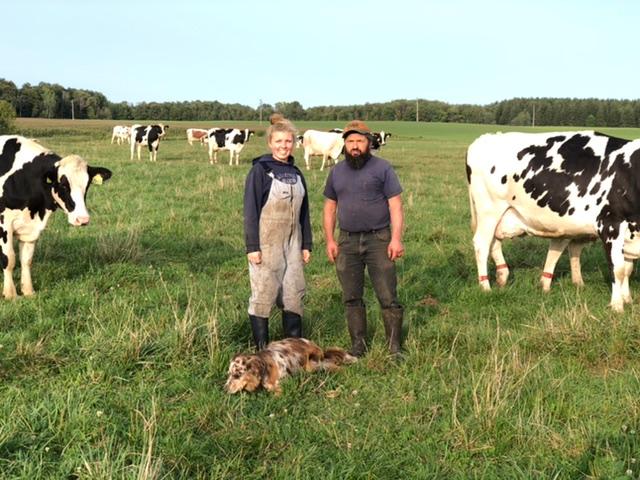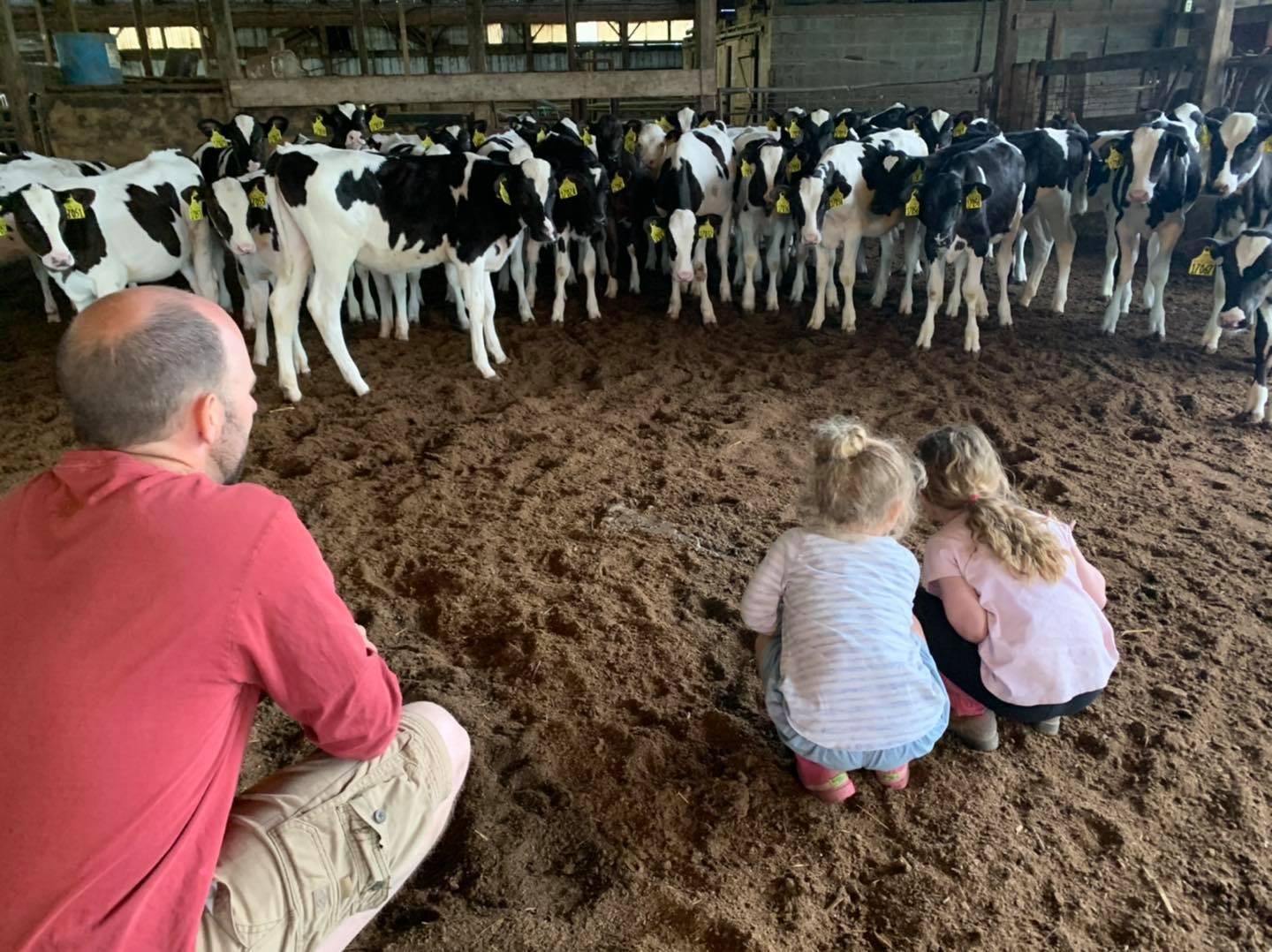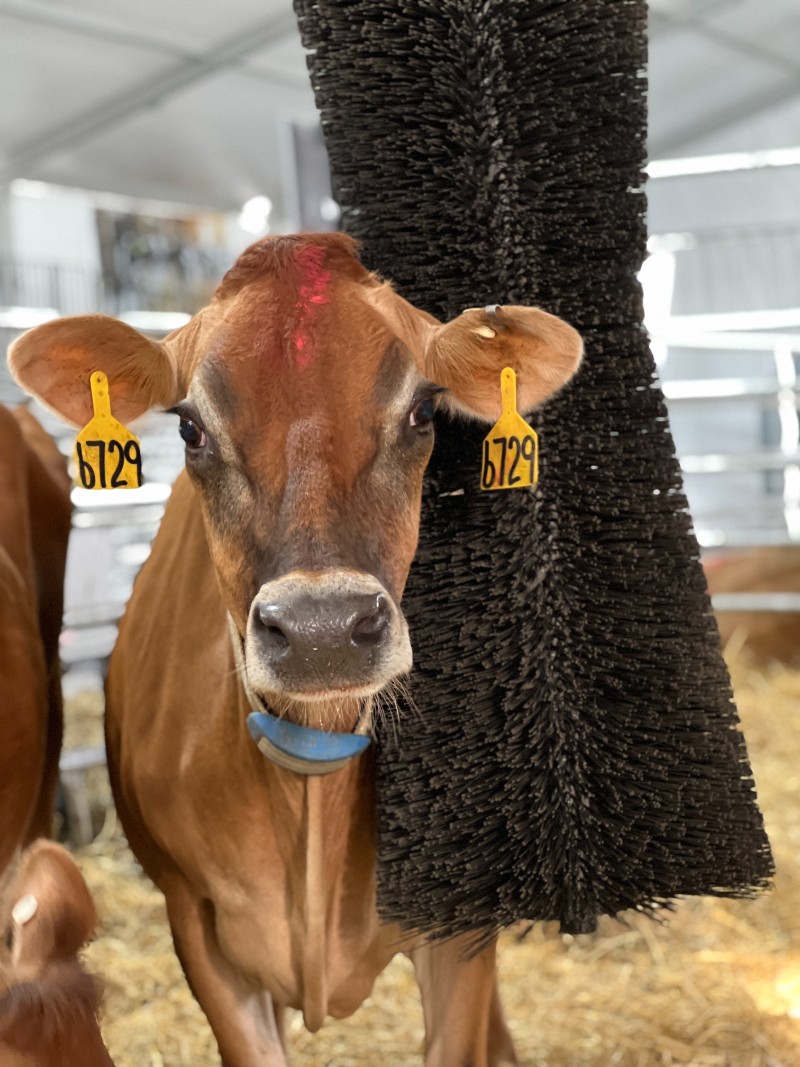-
September 29, 2023

- • Featured • Announcements
Embracing Reality: Debunking Misconceptions in Dairy Farming
Dairy farming is an integral part of our agricultural heritage, providing us with an abundant supply of milk and dairy products that are staples in our daily lives. However, like any industry, dairy farming has faced its fair share of misconceptions and myths over the years.
In response to the article "Farm Babe: Top 8 Myths About Dairy Farming Debunked," it is crucial to further explore the realities of dairy farming and dispel some common misunderstandings that persist.
Myth #1: Dairy cows are mistreated and live in poor conditions.
Contrary to popular belief, the majority of dairy farmers are deeply committed to the welfare of their cows. They provide clean and comfortable living conditions, ample food and water, and access to veterinary care. Modern dairy farms often implement advanced technologies to monitor the health and well-being of each cow, ensuring they lead healthy and comfortable lives.
See this blog article for more information about dairy cow's living conditions.
Myth #2: Dairy farming is unsustainable and environmentally damaging.
Dairy farmers recognize the importance of environmental stewardship. Many have adopted sustainable practices to minimize their carbon footprint, such as recycling manure for fertilization, using renewable energy sources, and optimizing water usage. The industry is continually striving to find innovative ways to reduce its environmental impact and contribute to a greener future.
Myth #3: Hormones and antibiotics are routinely used in dairy cows.
Hormones are strictly regulated in dairy farming, and the use of growth hormones is not permitted in many countries, including the United States. Additionally, farmers employ antibiotics responsibly, adhering to withdrawal periods before milk from treated cows enters the food supply. Rigorous testing ensures that milk containing antibiotics never reaches consumers.
Myth #4: Dairy farming is only for large corporate operations.

While larger dairy farms do exist, small and family-owned operations are the majority and play a significant role in the dairy industry. These farms prioritize animal care and sustainable practices, and their contributions to the community are invaluable.
Myth #5: Dairy products are unhealthy and should be avoided.
Milk and dairy products are essential sources of vital nutrients like calcium, protein, and vitamins A and D. When consumed as part of a balanced diet, dairy products can promote bone health, aid in muscle recovery, and contribute to overall well-being. However, like all foods, moderation is key.
See this blog article about the health benefits of enjoying dairy daily!
Myth #6: Dairy farming contributes to climate change.
While dairy farming does produce greenhouse gas emissions, advancements in technology and management practices are helping to mitigate its impact. Through methane capture systems, feed additives, and improved waste management, the industry is making strides to reduce its carbon footprint. The US Environmental Protection Agency reported that animal agriculture equates to less than 15% of global GHG emissions. This number may be low, but farmers are doing everything they can to make it even lower. With recent initiatives in place, dairy and other animal agriculturalists are working towards “Net Zero,” meaning that the carbon they produce is equal to the carbon they remove from the environment.
Myth #7: Dairy farming is a dying industry.
 Young farmers learn about the young heifers on their parent's dairy farm.
Young farmers learn about the young heifers on their parent's dairy farm.
Despite facing challenges, dairy farming remains resilient and adaptive. With advancements in technology, sustainable practices, and increasing demand for dairy products worldwide, the industry continues to evolve and grow.
Dairy farming is an essential and dynamic industry that supplies us with nutritious dairy products while contributing to our economy and rural communities. Debunking these myths allows us to appreciate the efforts of dedicated dairy farmers who work tirelessly to provide us with safe, sustainable, and nutritious food. By supporting the dairy industry and staying informed about its realities, we can collectively contribute to its continued success and future growth.

